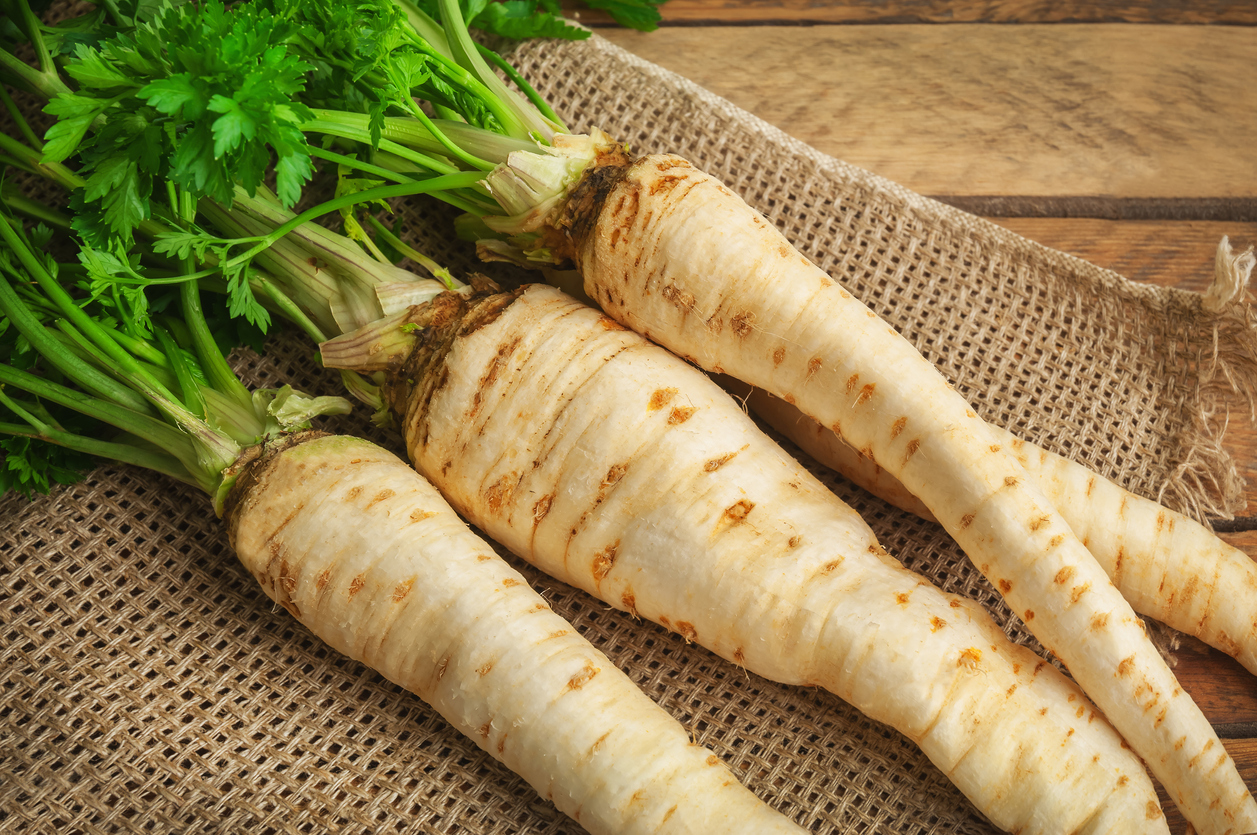Can we talk about winter? Or more specifically, the vegetables of winter? Don’t get me wrong; I love summer vegetables. There’s nothing like a sun-ripened tomato in your salad or biting into sweet corn on the cob. But summer vegetables are the darlings of the gardening world. They get all the press, all the glory, and all the adoring fans.
Just as delicious are the vegetables of winter. They don’t always make it to the cover of your favorite gardening magazine. Unless you’re a pumpkin or butternut squash, the aura of wonder and amazement is lost.
But butternut squash, acorn squash, pumpkins, kale, Brussels sprouts, collard greens, parsnips, rutabaga, and radicchio are just the beginning of what you can enjoy when the weather turns cool.
Discover 10 top tips for growing, harvesting, and enjoying fruits, vegetables, herbs and more from your home garden—when you access the FREEBIE How to Grow a Vegetable Garden, right now!
5 surprising vegetables of winter that belong in your garden (and on your table)
To be fair, “winter” is a vague term. What it means here in New England is different from what you get in southern California, Alabama, or North Dakota. I’m not even sure my friend in San Diego knows what winter is. So think of your garden and the vegetables of winter in broad terms. If you live anywhere north of Oklahoma, you probably aren’t going to get much from a garden in February.
But if you time it right, you can get some plants in the ground in early autumn for an early winter harvest. Alternatively, some plants like garlic go in the ground in late autumn and will be ready to harvest in spring. Here are a few of my favorites.
1. Kale. You can never go wrong with a plate of kale on your table. It’s not just tasty, it’s also super good for you, and it’s a really versatile green. You can eat it raw in a salad, cook it up with some eggs and sausage for a yummy brunch, or make kale chips.
Plant your kale about 6 to 8 weeks before the first frost, preferably in full sun. Kale is one of those plants that actually appreciates a frost or two, and will grow until temperatures drop to around 20 degrees.
Discover 10 top tips for growing, harvesting, and enjoying fruits, vegetables, herbs and more from your home garden—when you access the FREEBIE How to Grow a Vegetable Garden, right now!
2. Brussels sprouts. I’ll admit, I never liked Brussels sprouts until I had them fresh in a salad with some apple cider vinaigrette. And to cook, they don’t take much, just charring them with a little olive oil and salt really brings out the flavor. Or, my favorite, cook up some bacon, then simmer them in the bacon grease, and toss in the bacon with some salt and pepper. As for growing them, you have to get a good jump on the season. They take about four months to mature.
If you have mild winters, you can plant them in mid-summer for an early winter harvest. Otherwise, you’ll need to start them indoors in mid-spring. They do like raised beds, and plenty of water if it gets too hot out.
3. Parsnips. Parsnips need about 4 months to mature, so you’ll need to plant them in late spring. The great thing about this slow-growing root vegetable is that you can pretty much leave them in the ground as long as you want. It’s a solid way to store them. Just be warned that if the ground freezes, you may have some trouble pulling them up for dinner.
Discover 10 top tips for growing, harvesting, and enjoying fruits, vegetables, herbs and more from your home garden—when you access the FREEBIE How to Grow a Vegetable Garden, right now!
4. Swiss Chard. When it comes to the vegetables of winter, you’d be hard pressed to find something so colorful as this hardy green. Reds, greens, yellows, pinks, and oranges all mix together in this cool-season plant. (Swiss Chard will grow in the summer, too. It just needs more water.)
Plant this vegetable about 40 days before your first fall frost. As the plant matures, you can harvest the largest leaves while the younger leaves continue to grow. That should give you a couple opportunities to enjoy the fruits – or vegetables – of your labor.
5. Spinach. As a food, spinach is good raw in a salad or in place of lettuce on a burger. You can use it to add depth and flavor to a soup or stew, it’s great as a side, and if you’re so inclined, it’s not bad in a smoothie.
Spinach can survive in temperatures as low as 15 degrees, and as a matter of fact, hot weather will ruin your spinach.
There are many more vegetables you can plant for a winter harvest. As well, you can plan some late-fall or early-winter planting for a spring harvest. And if all else fails, use the time to get ready for spring and summer planting. Gardening is a long-term effort, but the benefits are well worth it!
What vegetables do you like to grow for a winter harvest? Any suggestions you would leave in the comments?
Discover 10 top tips for growing, harvesting, and enjoying fruits, vegetables, herbs and more from your home garden—when you access the FREEBIE How to Grow a Vegetable Garden, right now!
